Today, I continue my journey through Morocco with a visit to the old imperial city of Meknes. Located about an hour's drive from Fes, Meknes is easy to visit by bus or taxi. This city has a rich cultural heritage and is an official UNESCO site due to its exceptional architecture, impressive urban planning, and its historical significance as one of Morocco’s four imperial cities.
I begin my visit at the Heri es-Swani, royal granneries of the 17th-century Sultan Moulay Ismail of the Alaouite dynasty. Despite the age of this massive building, the main structure is still mostly in good condition. The granary was an engineering marvel of its time, and is said to have held over 20,000 tons of grain and hay to feed the sultan’s army. Sultan Moulay was a very powerful ruler during his time, and he wished to have a completely self-sufficient kingdom. The granneries mainly supplied the sultan’s large army, which included over 12,000 horses.
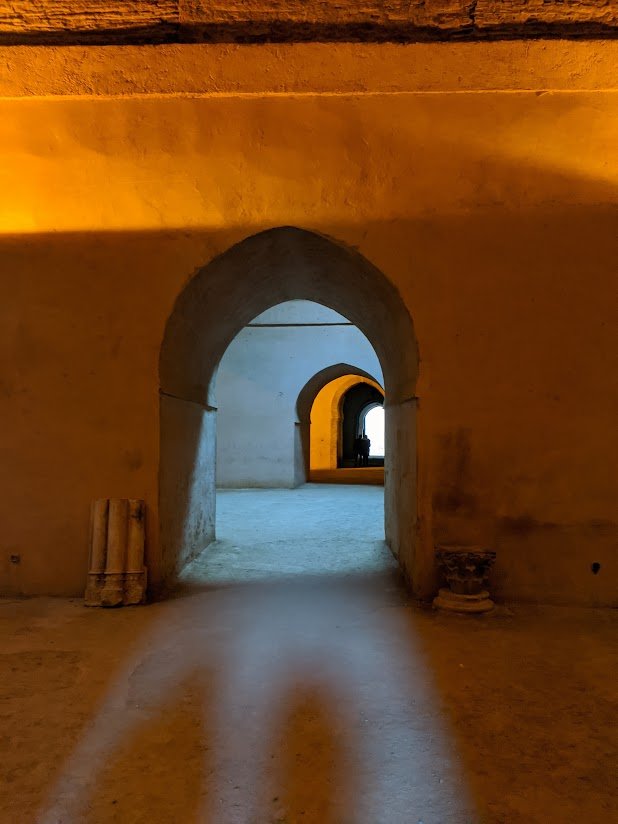
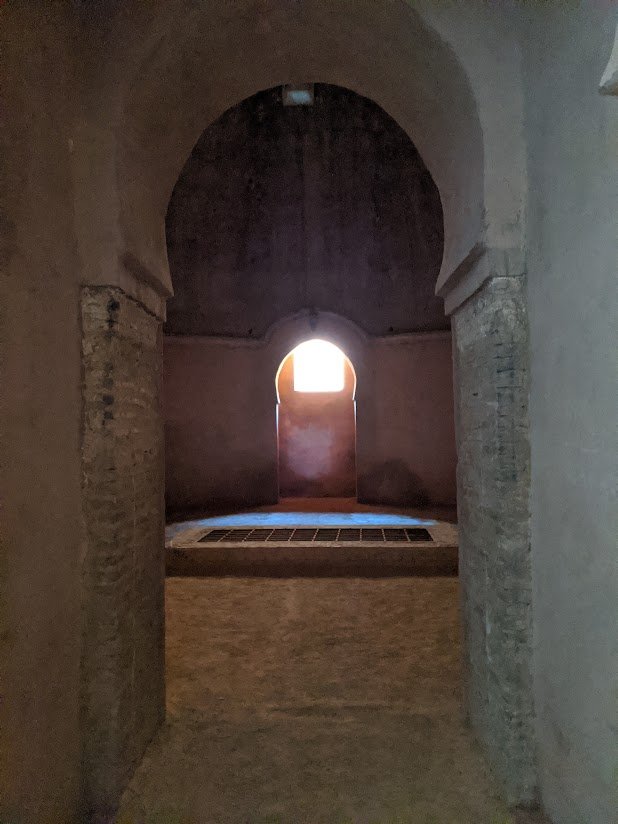
The first thing you will notice when you walk inside is the high vaulted ceilings, large dark rooms, and cool air. The building was designed specifically to stay cool at any time of the year, regardless of the extreme heat and sun that is often outside. This design helped to keep the grains dry and fresh for longer storage. The main building has many smaller chambers that are mostly quiet, dark, and empty, which gives off an eerie vibe when you walk through them.
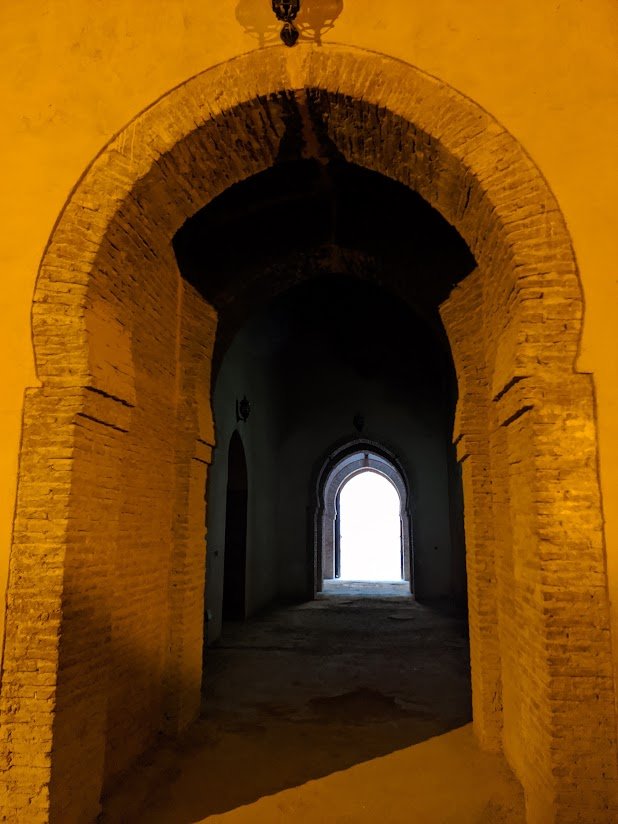
When you go out the back part of the main building, the roof is no longer there, and vegetation has been allowed to take over. I enjoyed walking through this area as the open and fresh space was a welcome contrast to the dark and empty stillness of the main building.
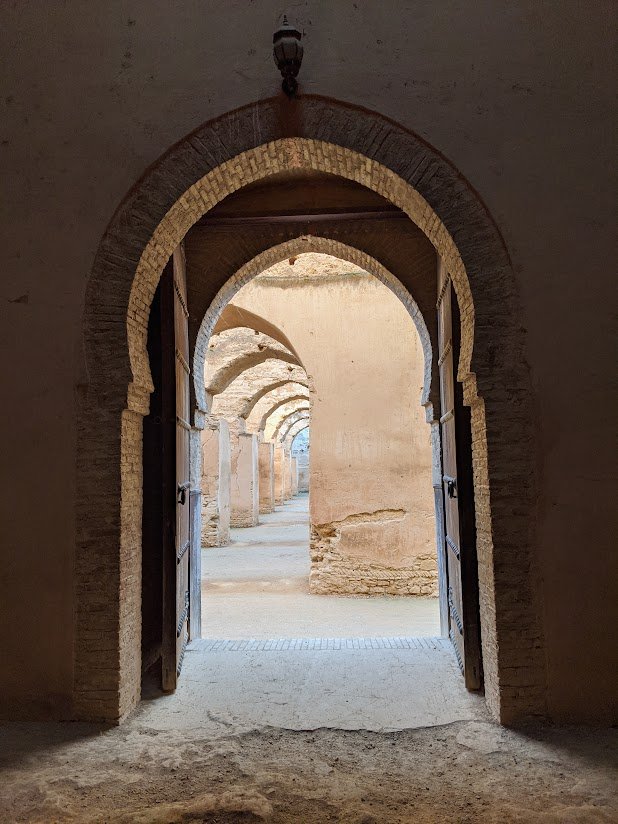
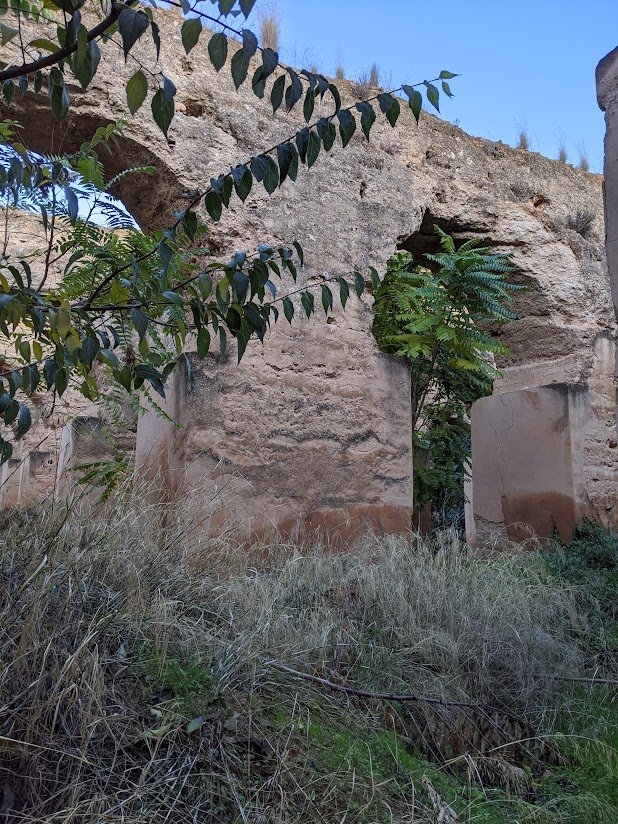
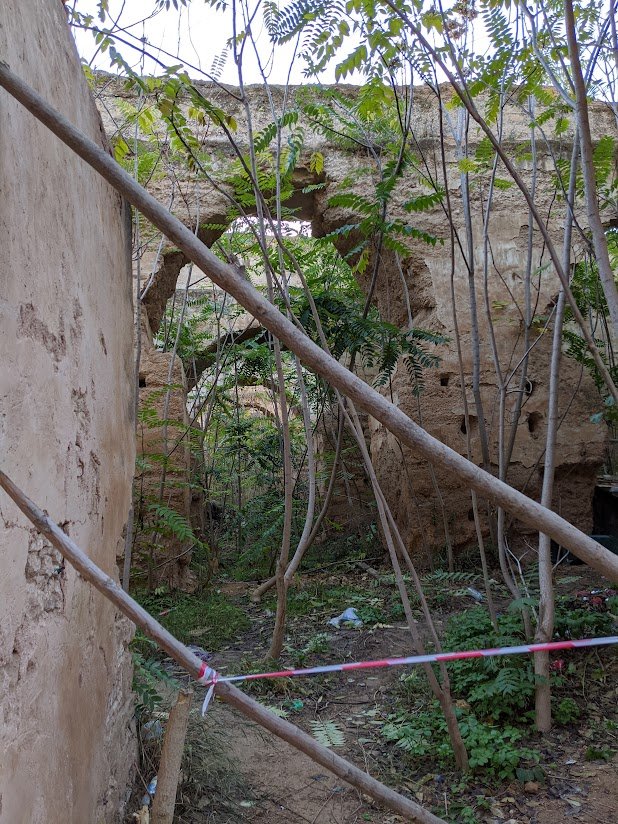
The archways were still in very good condition and reminded me of Roman ruins I had seen in other locations around Europe. I thought the design of the archways and the way they lined up was really cool to look at.
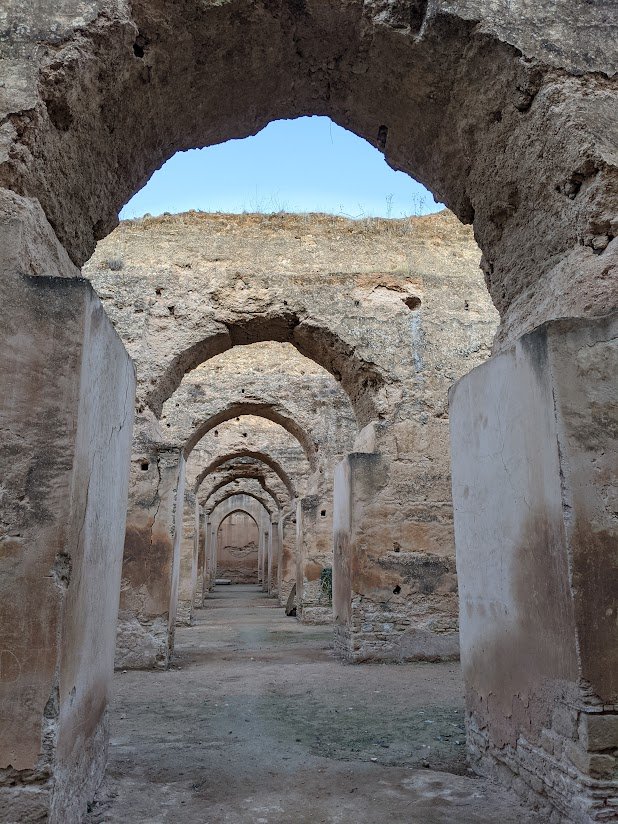
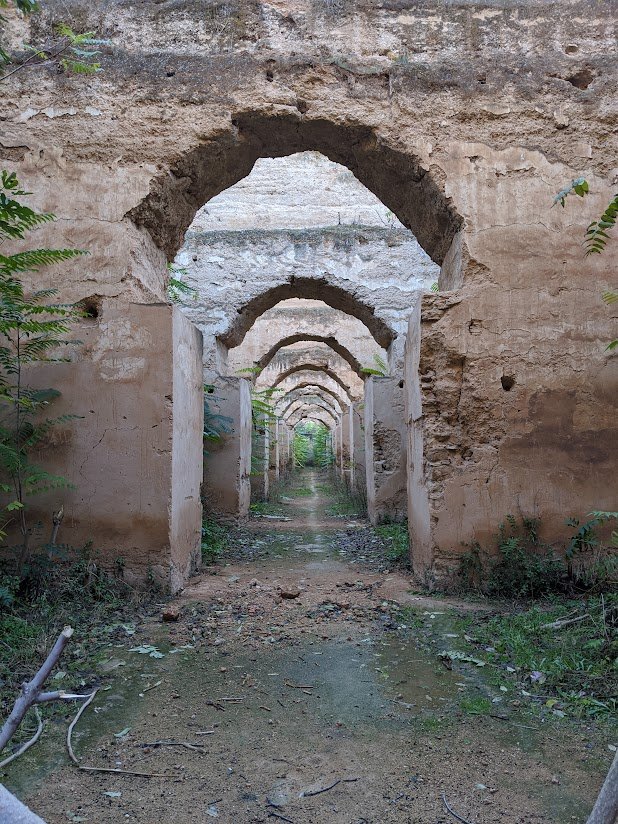
When you finish exploring the inside of the granary, you will need to exit the way you came in. I decided to walk around the large building, as it looked like there were other cool sites nearby. Just outside of the granary is a large rectangular reservoir called Sahrij Swani. This man-made water supply was part of a sophisticated hydraulic system designed to irrigate the gardens, supply the granaries, and provide water for the royal stables and the surrounding city. It is a nice place to relax, as there are trees for shade, and benches to sit on as you gaze at the exterior of the large granary building, which you can see on the opposite side of the water.
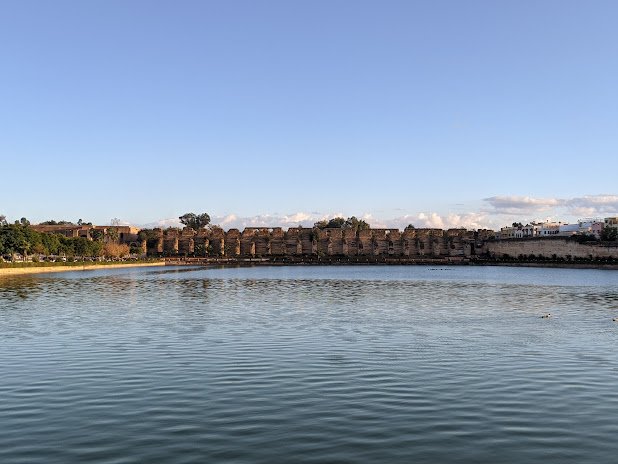
I will continue to share more of my trip to Meknes in part 2. I hope you enjoyed reading my post. All photos were taken by me.